Comparison of Mirror Therapy and Modified Constraint Induced Movement Therapy on Risk of Fall, Balance and Gait in Stroke
DOI:
https://doi.org/10.61919/s26nte28Keywords:
Stroke, Mirror Therapy, Modified Constraint-Induced Movement Therapy, Balance, Gait, Fall RiskAbstract
Background: Stroke frequently results in postural instability, gait impairment, and elevated fall risk due to hemiplegia and associated neuromuscular deficits, necessitating effective rehabilitative strategies to restore function and independence. Mirror therapy (MT) and modified constraint-induced movement therapy (mCIMT) are interventions proposed to enhance neuroplasticity and motor recovery, yet their comparative efficacy for lower limb rehabilitation remains insufficiently defined. Objective: To compare the effects of mirror therapy and modified constraint-induced movement therapy on risk of fall, balance, and gait in individuals with subacute and chronic stroke. Methods: In this single-blind randomized controlled trial conducted at the Helping Hand Comprehensive Physical Rehabilitation Program, Mansehra, Pakistan, from September 2023 to February 2024, 36 stroke patients aged 21–47 years were randomly allocated to MT (n=18) or mCIMT (n=18) groups. Participants received respective interventions thrice weekly for eight weeks. Outcomes were assessed at baseline, 2nd, 4th, and 8th weeks using the Berg Balance Scale (BBS), 10-Meter Walk Test (10MWT), and Performance-Oriented Mobility Assessment (POMA). Data were analyzed with mixed ANOVA and one-way ANOVA. Results: Both groups showed significant within-group improvements across all outcomes (p<0.001). Between-group comparisons revealed superior improvements in mCIMT for gait speed (10MWT) and balance (POMA) at later time points, while early improvements were comparable. Conclusion: Both MT and mCIMT effectively improve balance, gait, and fall risk post-stroke, but mCIMT demonstrates greater efficacy, supporting its clinical application in lower limb rehabilitation. Keywords: Stroke, Mirror Therapy, Modified Constraint-Induced Movement Therapy, Balance, Gait, Fall Risk
Downloads
Published
Issue
Section
License
Copyright (c) 2025 Rahila Suleman, Ayesha Bashir, Kainat Ameer, Khansa Bashir Malik, Irum Zahoor, Rida Razzaq Janjua (Author)

This work is licensed under a Creative Commons Attribution 4.0 International License.
© 2025 The Authors. This work is licensed under a Creative Commons Attribution 4.0 International License (CC BY 4.0).


